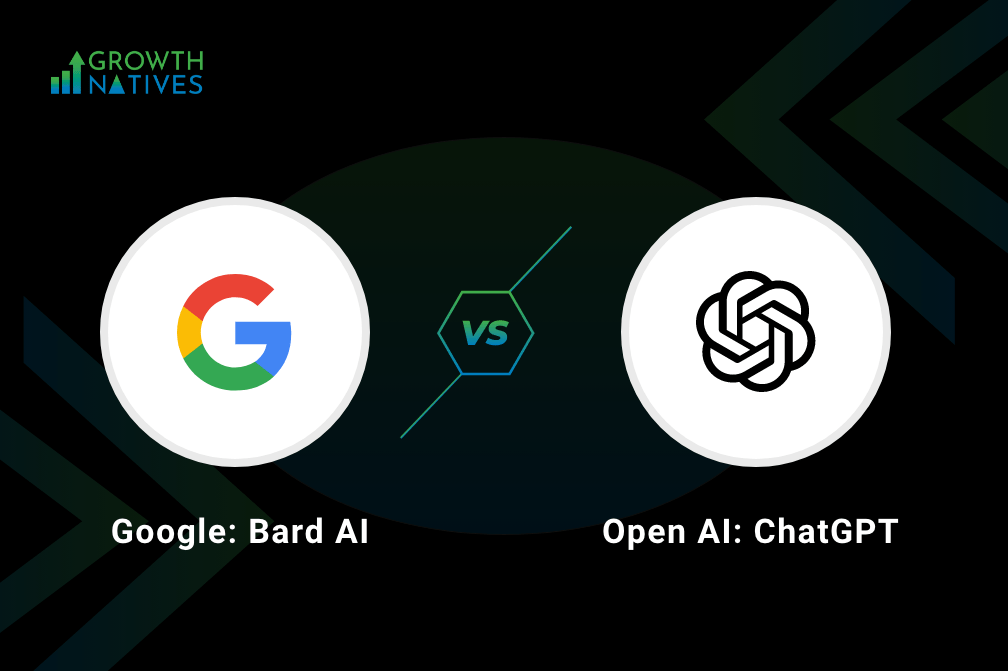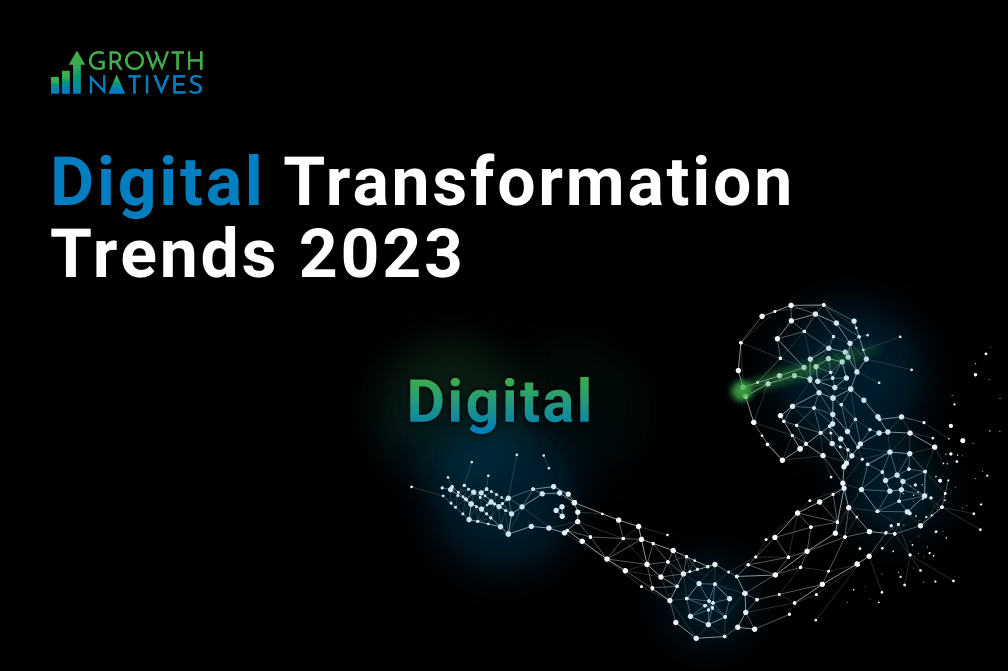Power Cross-Channel Personalization With These 6 Effective Steps

Table of Contents
Email personalization, web personalization, behavioral targeting, social media personalization, triggered emails, and social proof—these were some of the terms unheard of in marketing a few decades ago. Today, it is different.
Marketing has changed, and for good. Mass marketing no longer works with knowledge becoming more accessible. Customers ignore cookie-cutter messages to discover brands and products. They use different devices and marketing channels such as social media, websites, or emails to interact with brands. According to Harvard Business Review, 73% of customers use various channels on their journey to purchasing.
Marketing today is about cross-channel personalization—sending the right, personalized content at the right time, on the right channel and device. Sending inconsistent messages on different platforms does not work. Thus, marketers need to think of an omnichannel personalization strategy to cater to customers’ unique needs, where 69% of online shoppers claim that the relevance of a company's message influences its brand image.
In this blog post, we will discuss six essential steps to deliver cross-channel personalization with efficacy.
1. Get Your Data in Order
Ever wonder how Netflix always finds the right content suggestion for you every time? The streaming giant has cracked the code and does it via data-driven personalization. It shows you what you want even before you realize you want to see it.
But at a time when consumers yearn for data privacy and regulations like GDPR and Apple's "opt-in for IDFA," your ability to gather data and identify customers is often restricted. Yet, collecting data is essential because the level of personalization is directly proportional to the quality of data gathered. Here are some proven methods that you can use to collect customer data:
Collect First- and Zero-Party Customer Data
Zero-party data is the data customers openly and intentionally share to enhance their shopping experience. It includes details such as personal preferences and interests.
First-party data is slightly different from zero-party data. Any customer information that you passively collect from a website, mobile app, CRM, first-party cookies, and social tracking is first-party data. It includes data such as subscription periods, and personal information comprising preferences and size, purchase history, and discounts used.
Together, first- and zero-party data can help you truly know your customers and create a unified customer profile. Combining zero- and first-party data is the best way to deliver personalized and relevant content to your customers across channels and build trust.
Develop Right Strategies for Capturing Data
With the recent privacy regulations, one thing is clear: your customers hold the key to your data. Hence, asking them the right questions at the right place and time requires a well-thought-out strategy. Your customers can share their data through newsletters, emails, registration pages, etc. Ensure that you provide value whenever you ask for data, and be upfront about how you plan to use this data.
Once you have their data, put it to good use by offering a better experience tailored for each customer.
Ensure Unified Data Across Touchpoints
Siloed data makes it challenging to create cross-channel personalization and impedes your ability to adapt to changing customer demands. An integrated tech stack that connects to any system, data source, or all digital and physical customer touchpoints is the way to go. Once you have unified sales and first- or zero-party data in a single platform, leverage it to create a consistent omnichannel personalization that your competitor cannot offer.
2. Identify the Right Time for Sharing Relevant Data
The writing could not be clearer: 93% of customers report receiving irrelevant marketing communication, and 44% are willing to switch brands with better-personalized communications.
The days of one-size-fits-all marketing are over. Today, reaching out to customers in real time with the relevant deals and offers creates an impact. For example, you can use a mobile app to send real-time messages to users through push notifications and in-app messages. Just like Instagram's "Explore" tab, you can also let users discover new content or products based on their previous app interactions.
Every activity on your app, including messaging, push notifications, live reactions, and feedback requests, is a means to provide more contextual and relevant messages to the customer. It ensures customers' continued undivided attention, creates a personal feeling, and makes engaging with your brand a worthwhile experience.
3. Interact With Customers Where They Prefer
Ask not what your customers can do to reach your brand; ask what you can do to get to your customers. That's the new-age marketing mantra because 9 out of 10 customers prefer to shop with brands that connect with them across their preferred channels. A strong product and catchy message are not enough for customers to find you.
Rather than waiting for the customers to come to you, meet them where they are, on the channels they prefer, and with the content they like. And the best part—the more channels you have, the more flexibility you have in reaching your customer and providing them with a more personalized experience.
An Omnichannel Approach
Customers like shopping on their terms. They no longer value flexibility and choices; they demand them.
Following an omnichannel approach, where your channels and systems are all synced up, makes it easier to meet customers where they are—their preferred channel with the content they like. The information you collect from different channels will help you offer more relevant recommendations, accurate product information, and personalized content that reflects their channel, purchase, and product preferences.
Multi-Channel Customers Bring More Revenue
Customer journey is a snaking route in this digital age. Users like to see your website, engage on social media through organic posts or paid ads, open an email, and read online reviews before buying. Therefore, by focusing on multi-channel marketing, you increase your chances of ensuring that your customer interacts with your message on at least one channel.
Omnichannel marketing, therefore, makes for a better customer experience.
Also, studies show that a brand's Lifetime Value among consumers using multiple channels is almost 33% higher than single-channel shoppers. The former also spend 10% more than single-channel consumers. In other words: more channels mean more revenue.
4. Create a Cohesive Brand Experience
When only 3 out of 10 customers say that they get a consistent experience across channels, it means your business is missing out on a crucial point: the customer's ability to move across channels seamlessly.
While you may consider each channel unique in your integrated marketing strategy, that's not how a customer sees it. For them, it's your brand that matters. Therefore, focus on a cohesive brand experience at every touchpoint and keep the customer at the forefront of your marketing strategy.
Keep the following channels in mind when you build your cross-channel personalization strategy and consider how each can work together with the other to create a holistic experience for the customer.
Email brings the best of the two worlds: it is the most popular channel among customers and the most significant revenue driver for any marketing strategy.
It can only serve as a strong foundation for your entire cross-channel personalization strategy by delivering highly relevant and personalized content. And that begins with sending relevant content based on the customer's behaviors and where they are in the buying stage. It makes your messaging meaningful and much appreciated. Sometimes, it also acts as the starting point for your customer to engage with other channels such as your website or mobile app.
Web
Your website is your digital storefront. It represents your brand as much as your offline stores because customers don't differentiate between the two. They consider both as part of a continuous brand experience. In fact, they seek a highly engaging web experience from your website just as they would get in a store.
The absence of individual-level interaction, often found in a brick-and-mortar store, does not mean that it is impossible to offer the same on the website. You can address your visitors' needs and interests with an effective web strategy that includes creating customized offers and content in real time for your visitors.
Mobile App
If your website is like the palm of your hand, your mobile app is like an individual finger—a unique point of reference for personalization.
Mobile apps are unique to each customer, not only because it is on their phones. Apps are also more focused and self-contained and offer a highly interactive way for customers to engage with your brand. Provide personalized and relevant offers based on their browsing history instead of focusing solely on their app behavior or preferences.
Keep in mind that the offers on your mobile app should be consistent across channels.
Push Notifications
An irrelevant and inopportune push notification is a major source of irritation. A wrong push, and you are over the cliff. The alternative: a value-added message in your well-timed personalized push notification will not only be welcomed by your customer but also drive them to take action.
5. Use Technologies Like Artificial Intelligence
Most martech solutions make scaling your marketing possible. However, they miss out on the level of personalization you desire for your business. Fortunately, today, these two facets of marketing seamlessly come together with artificial intelligence.
The current version of AI and machine learning solutions collect troves of data to create cross-channel personalization that is both automated and scalable. AI's self-learning algorithms and predictive analytics help accurately predict customer behavior and plan future events accordingly. AI can determine the most relevant, contextual, and personal content for each customer for maximum impact.
You can also use AI to score leads or predict customer behavior. It can help predict when the user will convert or churn or remain inactive. Based on such analysis, AI can send personalized 1:1 messages at critical moments in the customer's journey for a favorable outcome.
6. Measure Your Results to Know What Works
Marketing that does not lead to sales is nothing more than noise for your brand or expenditure without accountability—no wonder 60% of marketers struggle and feel a growing pressure to prove their ROI.
Similarly, personalization for the sake of personalization is not the end goal either. Your ability to measure its results is crucial, just like your ability to execute. Know what aspects of your personalization strategy work (or don't) to constantly tweak, optimize, and adjust, thus guaranteeing that your efforts are generating results.
An ideal scenario would include your analytics directly into your engagement platform. It would provide the granular details of each campaign—whether it is personalized emails, push notifications, or SMS campaigns—and its percentage contribution to your total revenue.
Conclusion
The struggle is real: delivering cross-channel personalization is difficult. Only 3% of US companies claimed to have true omnichannel personalization.
While omnichannel personalization can be challenging, it is not impossible. Even in the age of data privacy, consumers want to share their data to drive relevant, personalized, and consistent omnichannel shopping experiences. All you need to do is reciprocate that trust and deliver experiences that respect users' time and attention.
By incorporating the aforementioned six pillars to perfect your cross-channel personalization, your business will find itself in the much-sought upward growth trajectory. Growth Natives and our specialized marketing team can help your company in this process. Write to us today at info@growthnatives.com!
Author Box
Sakshi Arora
Sakshi Arora is a seasoned content writer and editor with extensive experience across various industries including B2C, B2B, travel, e-commerce, and IT. In her free time, she enjoys expressing her creative side through painting and writing poetry. She also finds solace in nature and has a deep spiritual connection. Music brings her immense joy.




